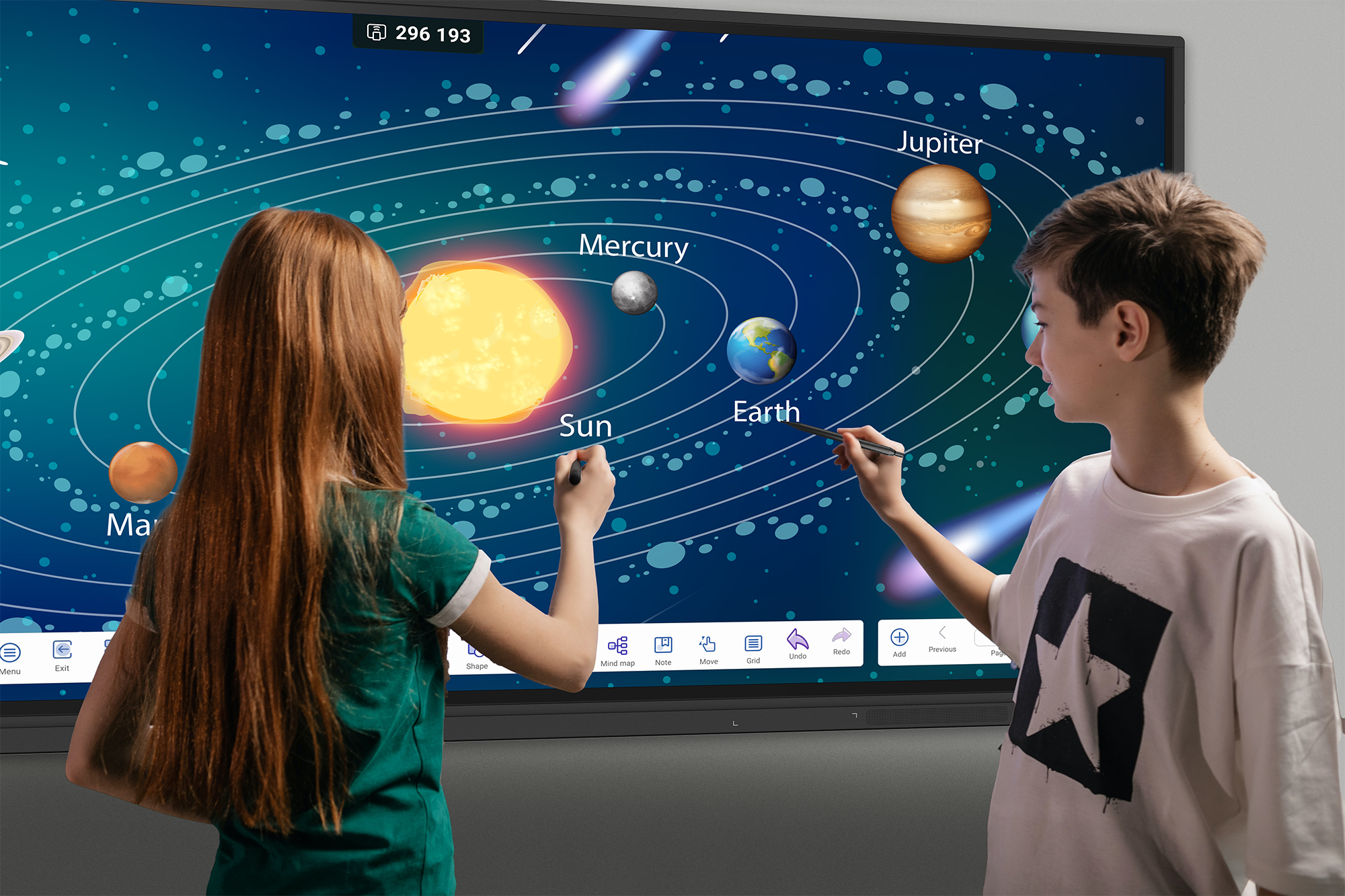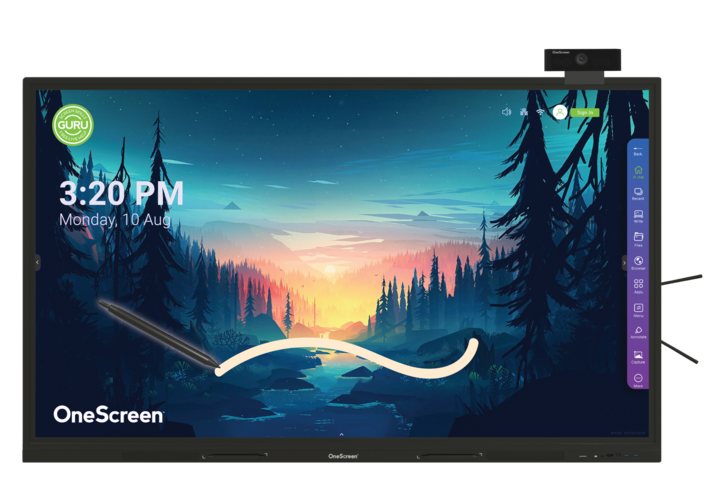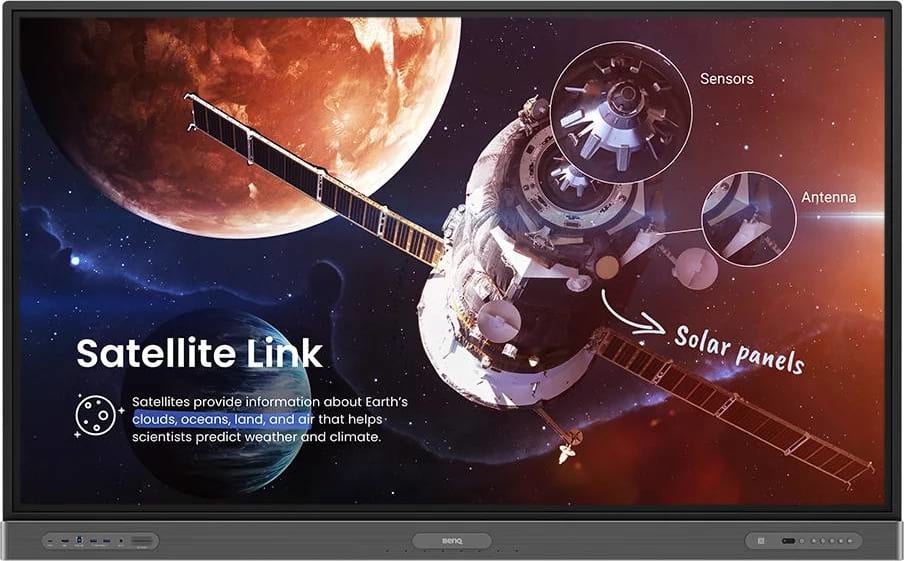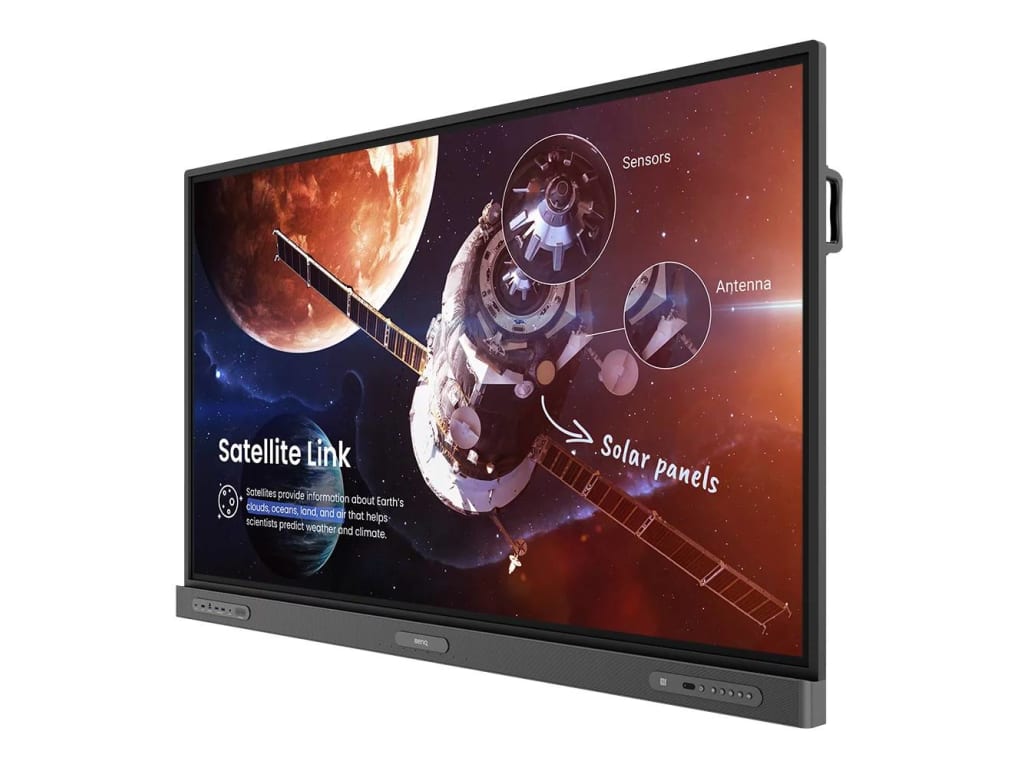In today's digital age, art education is undergoing a transformative shift, moving beyond traditional mediums to embrace the innovative potential of technology. STEM education has become more crucial than ever. It equips students with the knowledge and skills necessary to thrive in a highly competitive, tech-driven job market. However, this evolution mirrors the broader educational trend of evolving from STEM (science, technology, engineering, and mathematics) to STEAM, where 'Art' plays a pivotal role in harmonizing the technical with the creative.
In early childhood development, Arts serve as a foundational pillar that supports a broad spectrum of learning and growth areas. It encourages creativity, imagination, and self-expression, allowing children to explore their feelings and ideas in a safe and supportive environment. Moreover, art education supports cognitive development, promoting critical thinking and problem-solving skills as children learn to make decisions about their art projects. If a child develops interests in arts in early age then as He/She matures, It can be proved as immensely beneficial for them as it unlocks a diverse range of career opportunities.
How interactive Screens are blending arts & creativity with technology
Interactive screens are revolutionizing the way art and creativity merge with technology. They turn art into an interactive experience, allowing artists and learners to use simple gestures like touching and swiping to create and modify art in real time. This means they can play with endless combinations of colors, shapes, and effects without being limited by traditional art supplies. These screens also make it easy for artists to collaborate with others, share their work worldwide, and learn new techniques through integrated software. It's a game-changer, making art more accessible and connected, and preparing creatives for a world where art and technology go hand in hand.
-
Interactive Learning Environments
Interactive screens transform art classrooms into vibrant, engaging environments where every touch can unleash a student's creative potential. Technology can enhance the art room with digital canvases which allow for a hands-on approach to art education, where students can experiment with colors, shapes, and designs with immediate feedback. This real-time interaction fosters a deeper understanding of art concepts and techniques, making the learning process both effective and enjoyable.
The adaptability of interactive screens caters to diverse learning styles, accommodating visual, auditory, and kinesthetic learners. Students can visualize complex art theories, listen to historical art narrations, and physically engage with digital art tools, ensuring a comprehensive educational experience that addresses the needs of every student.
-
Collaboration and Collective Art Projects
One of the most significant advantages of interactive screens is their ability to facilitate collaborative art projects. Students can work together on a single digital canvas, contributing their ideas and creativity to a collective masterpiece. This collaborative process not only fosters teamwork and communication skills but also encourages students to appreciate diverse perspectives and styles in art.
Moreover, interactive screens enable classes to connect with students and artists worldwide, breaking geographical barriers. Through live collaborative platforms, students can participate in global art projects, exposing them to different cultures, techniques, and artistic expressions.
OneScreen TL7 large touchscreen serves as a communal digital canvas, supporting simultaneous collaboration among students. This setup transcends the constraints of traditional canvases by enabling real-time interaction. With an array of digital tools such as brushes, pens, and shapes available in the annotation software, students can experiment with diverse artistic effects. The screen's interactive capabilities facilitate easy sharing of ideas, joint sketching, and immediate peer feedback.
-
Digital Art Tools and Techniques
Interactive screens serve as a gateway to an extensive array of digital art tools and techniques, offering students a platform to explore various artistic mediums without the need for physical supplies. From digital painting and drawing to 3D modeling and graphic design, these screens provide a sandbox for creativity, allowing students to experiment and learn without the limitations of traditional art materials.
This exposure to digital art tools is invaluable in today's tech-driven world, equipping students with the skills and knowledge necessary to thrive in digital art and design careers. By integrating these tools into art education, we prepare students for future opportunities in the creative industry.
-
Immediate Feedback and Revision
The instant feedback provided by interactive screens is a game-changer in art education. Students can see the results of their actions in real-time, allowing for immediate correction and experimentation. This rapid feedback loop accelerates the learning process, enabling students to quickly grasp artistic concepts and refine their skills.
Additionally, the ease of revising and editing on interactive screens encourages a trial-and-error approach, fostering a growth mindset among students. They learn to view mistakes as opportunities for learning and improvement, a valuable lesson that extends beyond the art classroom.
-
Bridging Art and Technology
Royal Collecge of Art in London Created a comprehensive educational centers that blend art, design, and architecture with science, technology, and artificial intelligence will transform the art classroom in unprecedented ways. Interactive screens exemplify the seamless integration of art and technology, demonstrating how digital tools can enhance artistic expression. By familiarizing students with the intersection of these fields, we prepare them for a future where art and technology increasingly overlap, opening doors to innovative careers in digital art, animation, game design, and beyond.
This integration also demystifies technology for art-oriented students, showing them that digital tools are not just for programmers and engineers but are also powerful mediums for creative expression.
Conclusion
The incorporation of interactive screens in art education is not just an enhancement of traditional teaching methods but a revolutionary approach that redefines the boundaries of creativity and learning. By blending technology with art, we offer students a multifaceted education that prepares them for the future, empowers them to explore their creative potential, and instills a lifelong appreciation for the arts. As we move forward, the fusion of art and technology will continue to play a pivotal role in shaping the next generation of artists, designers, and creative thinkers.
Ready to Experience the Transformation?
Electronic Whiteboards Warehouse offers a range of cutting-edge IFP solutions designed to meet the diverse needs of your school. Explore our selection of Interactive Flat Panels featuring features like:
- High-resolution displays for immersive learning experiences
- Intuitive multi-touch technology for seamless collaboration
- Seamless integration with popular educational software and apps
- Durable and secure construction for peace of mind
-
Dedicated support to ensure a smooth implementation.
Contact our team today for a personalized consultation or live demo or you can reach out to us at (800) 992-5279







